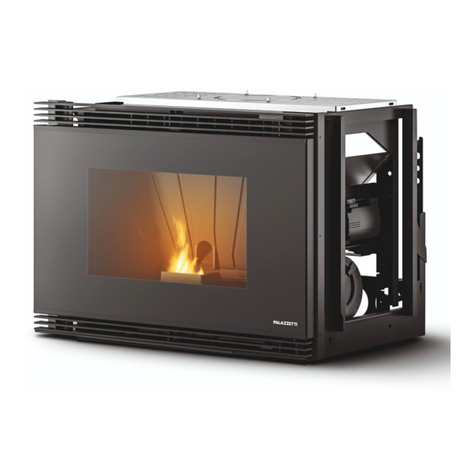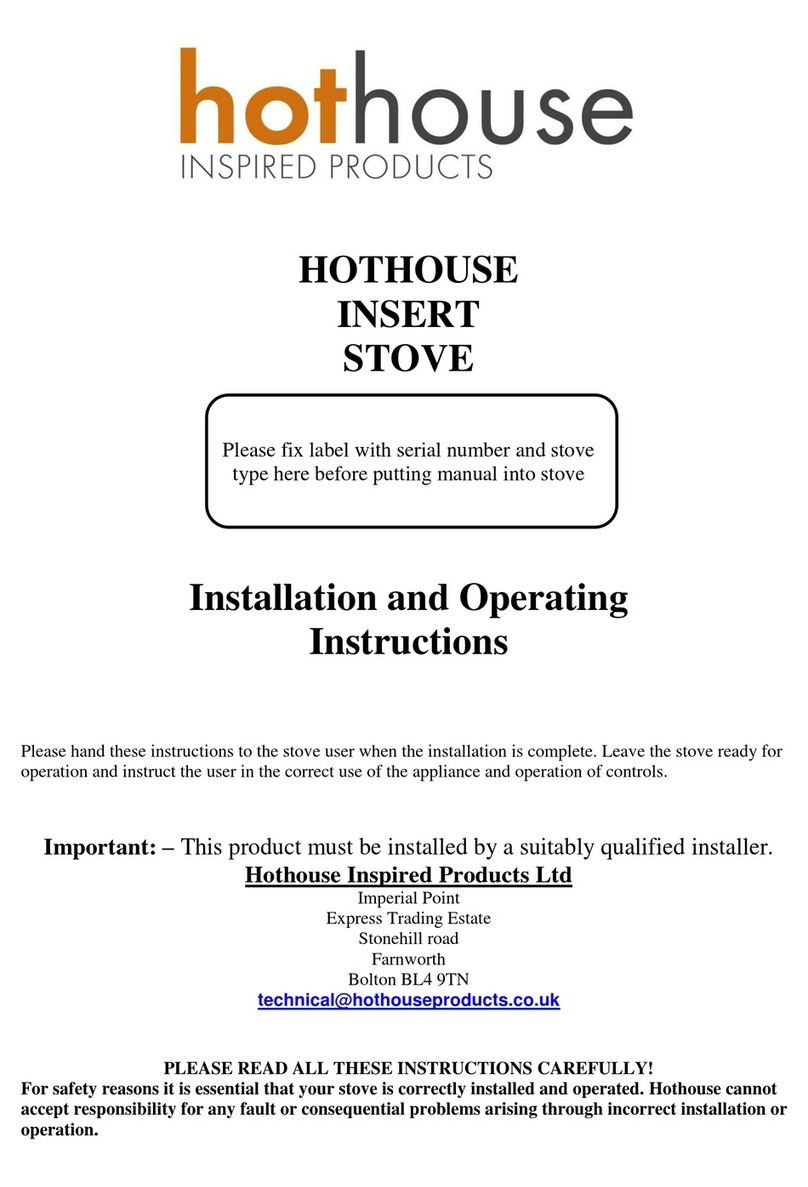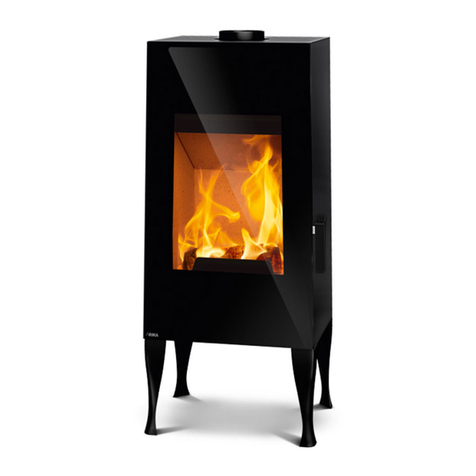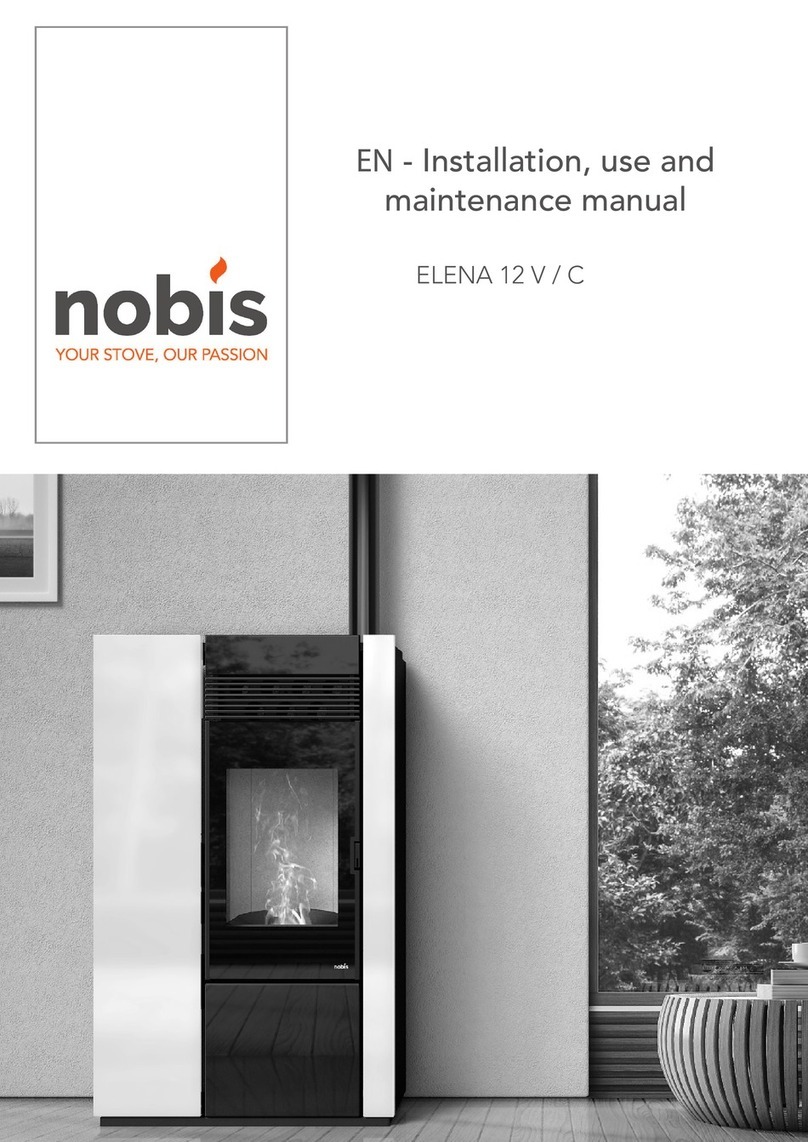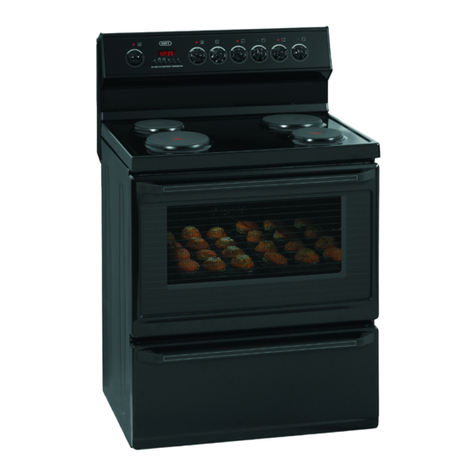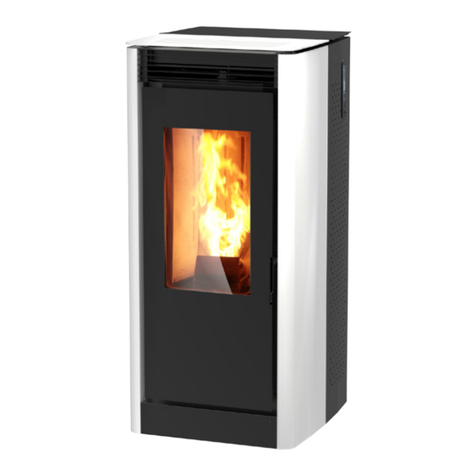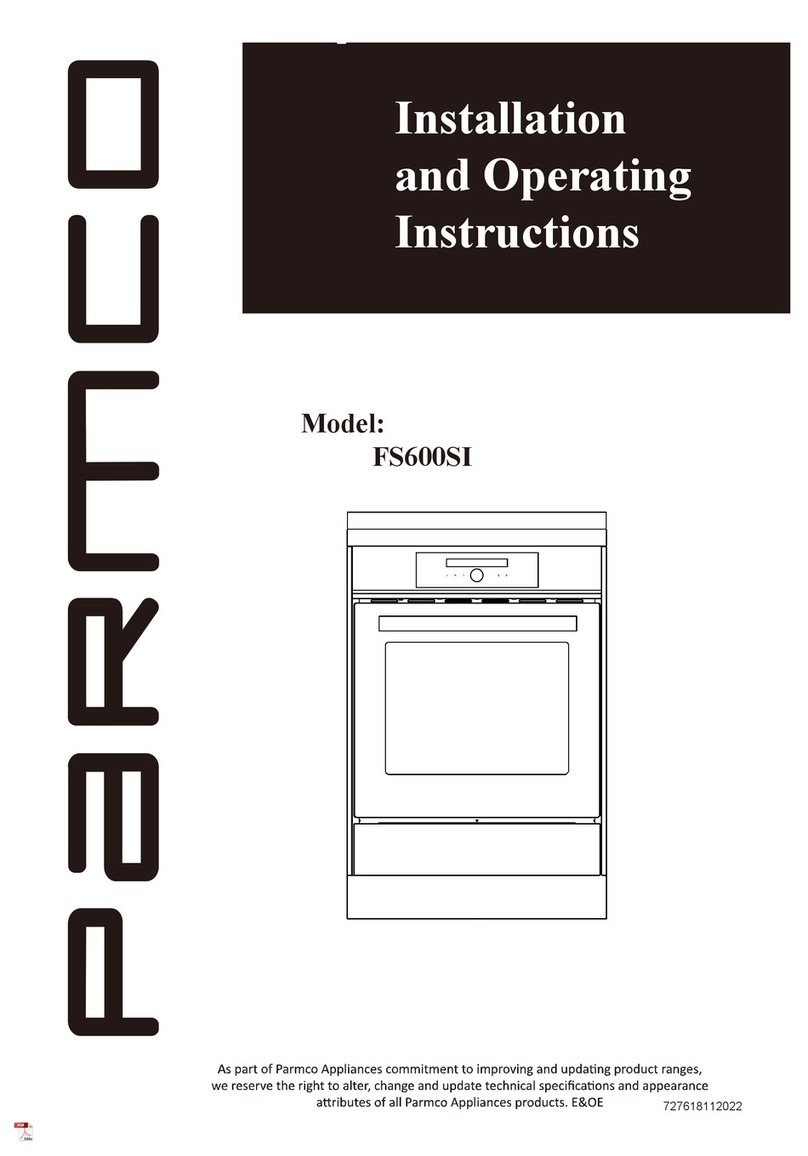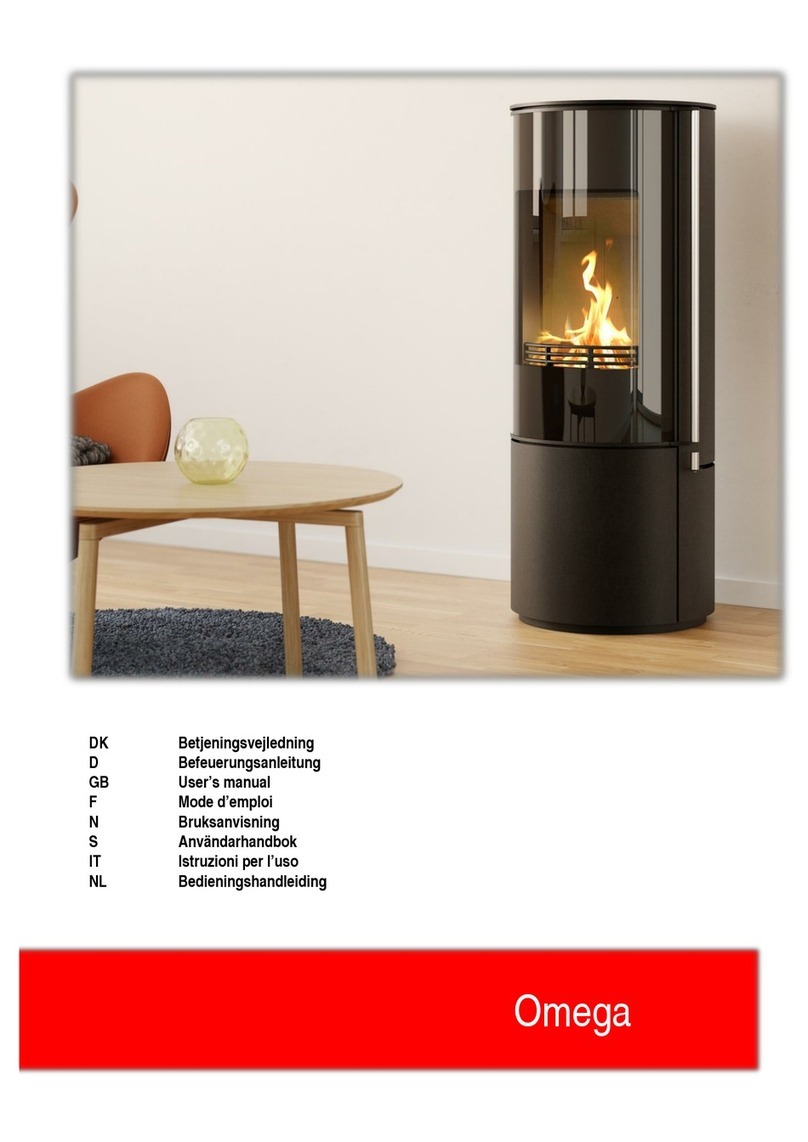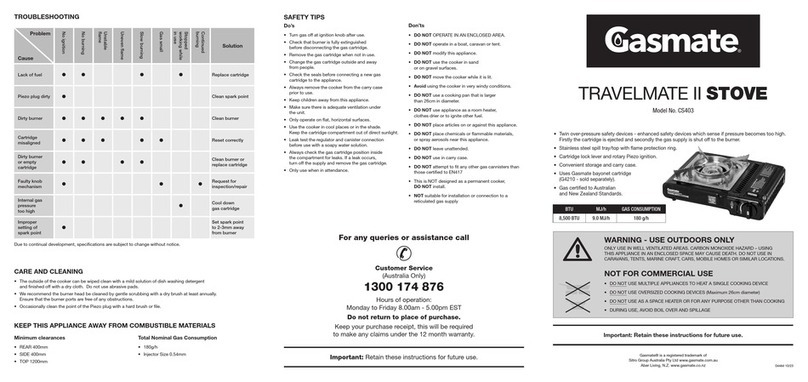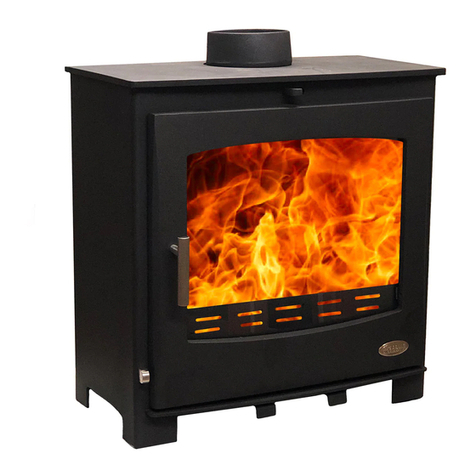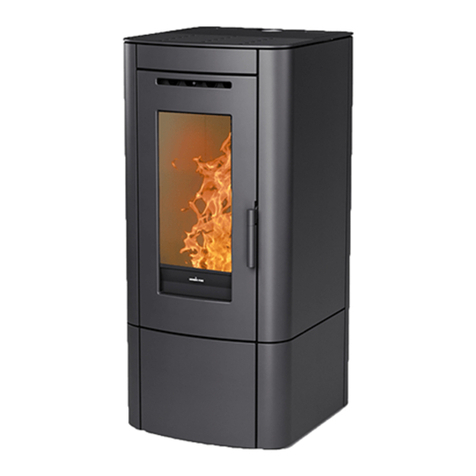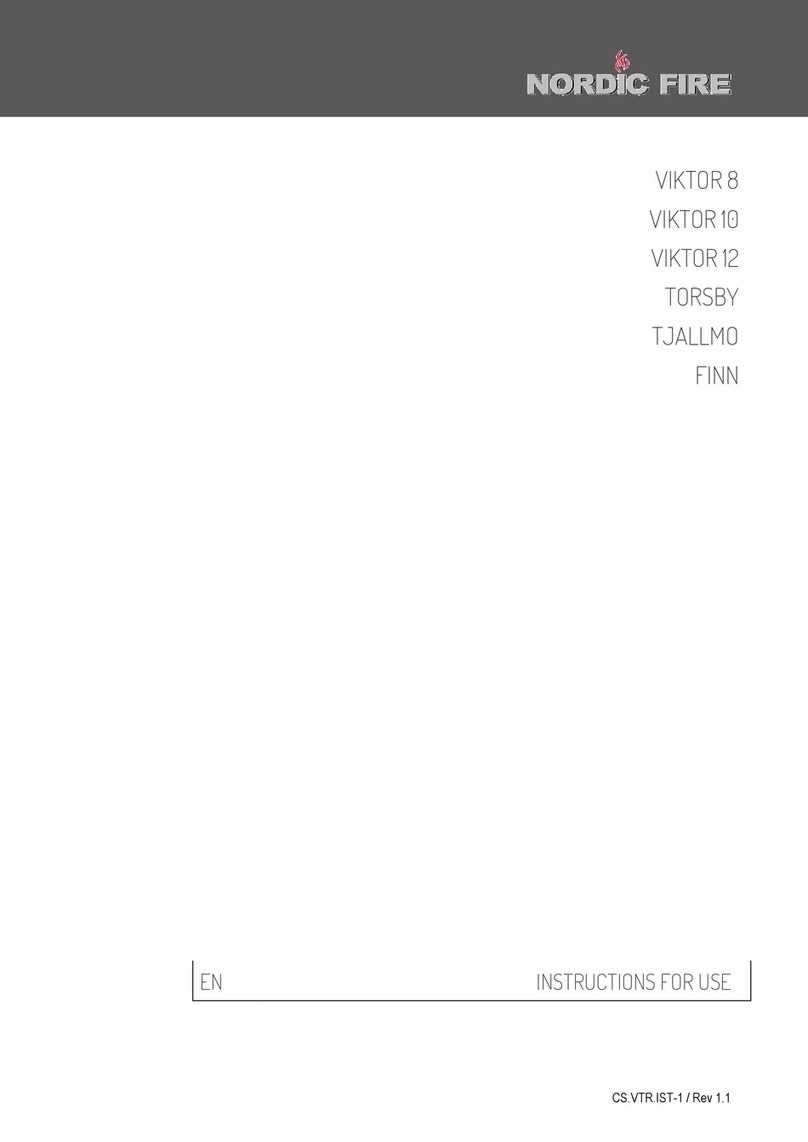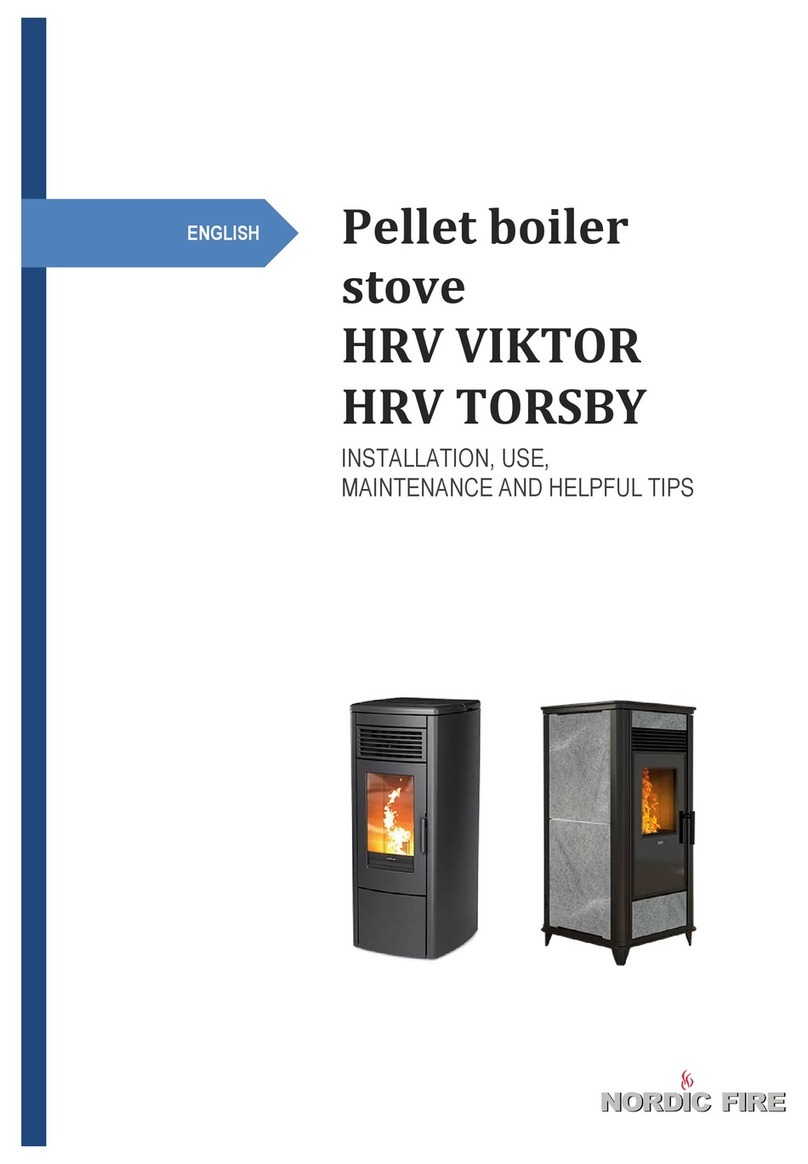
5
Technical data
1. Number of the declaration of performance / Uniek
nummer prestatieverklaring / Nummer Leistungserklärung /
Numéro déclaration des performances
Unique identification product-type / Uniek identificatiecode producttype /
Eindeutiger Kenncode de Produckttyp / Code d'identification unique du
produit typ
Type, batch or serialnr. / Type-, partij- of serienummer / Typen-,
Chargen- oder Seriennummer / Numéro de type, de lot ou de sèrie
Intended use of product / Beoogd gebruik van product /
Bestimmungsgemäße Verwendung des Produkts / Utilisation prévue du
produit
Contact address of the manufacturer / Contactadres van de fabrikant /
Kontaktadresse des Herstellers / Adresse de contact du fabricant
System or systems of assessment and verification of constancy of
performance of the construction product as set out in Annex V / Het
systeem of de systemen voor de beoordeling en verificatie van de
prestatiebestendigheid van het bouwproduct vermeld in Bijlage V /
Systeme zur Bewertung und Kontrolle de Konstanz der
Leistungsfähigkeit de Bauprodukts (AVCP) / Le ou les systèmes
d’évaluation et de vérification de la constance des performances du
produit de construction, conformément à l’annexe V
Notified Body / Keuringsinstantie / Notifiziertes Labor / Laboratoire notifié
Test rapport number / Testrapportnummer / Numéro du rapport de test
2. Declared performance / Aangegeven prestatie
Erklärte Leistung / Performance déclarées
Description / Beschrijving / Beschreibung / Description
Fire safety / Brandveiligheid / Brandwiderstand / Sécurité incendie
Distance to combustible materials / Afstand tot brandbare
materialen / Abstand zu brennbaren Materialien / Distance
minimale à respecter par rapport aux matériaux combustibles
adjacents
Minimum distances / Minimum afstanden /
Mindestabastände / Distance minimale
Performance / Prestatie / Leistung / Performances
Rear / Achterzijde /
Hinten / Arrière
Sides / Zijkanten /
Seiten / Côtés
Front / Voorzijde /
Vorseite / Defant
Pass / Voldoet /
Bestanden / Conforme
Risk of burning fuel falling out / Risico op eruit vallen van
brandende brandstof / Gefahr durch Herausfallen von
brennendem Heizmaterial / Risque de projections de braises
EN 13240: 2001: + A2:2007
mm
mm
mm
C-855
Rosanna CV
Rosanna Wasser
Residental space heating appliance fuel by wood /
Product om woonruimte verwarmen middels
stoken hout / Gerät zum Heizen von Haushalten
mit Holz / Appareil de chauffage domestique
alimenté au bois
Nordic Fire B.V.
De Immenhorst 5
7041 KE 's Heerenberg
The Netherlands
System 3 / Systeem 3 / System 3 / Système 3
EMÍ-TÜV SÜD Kft.
R-1071965-2
200
200
800
1. Number of the declaration of performance / Uniek
nummer prestatieverklaring / Nummer Leistungserklärung /
Numéro déclaration des performances
Unique identification product-type / Uniek identificatiecode producttype /
Eindeutiger Kenncode de Produckttyp / Code d'identification unique du
produit typ
Type, batch or serialnr. / Type-, partij- of serienummer / Typen-,
Chargen- oder Seriennummer / Numéro de type, de lot ou de sèrie
Intended use of product / Beoogd gebruik van product /
Bestimmungsgemäße Verwendung des Produkts / Utilisation prévue du
produit
Contact address of the manufacturer / Contactadres van de fabrikant /
Kontaktadresse des Herstellers / Adresse de contact du fabricant
System or systems of assessment and verification of constancy of
performance of the construction product as set out in Annex V / Het
systeem of de systemen voor de beoordeling en verificatie van de
prestatiebestendigheid van het bouwproduct vermeld in Bijlage V /
Systeme zur Bewertung und Kontrolle de Konstanz der
Leistungsfähigkeit de Bauprodukts (AVCP) / Le ou les systèmes
d’évaluation et de vérification de la constance des performances du
produit de construction, conformément à l’annexe V
Notified Body / Keuringsinstantie / Notifiziertes Labor / Laboratoire notifié
Test rapport number / Testrapportnummer / Numéro du rapport de test
2. Declared performance / Aangegeven prestatie
Erklärte Leistung / Performance déclarées
Description / Beschrijving / Beschreibung / Description
Fire safety / Brandveiligheid / Brandwiderstand / Sécurité incendie
Distance to combustible materials / Afstand tot brandbare
materialen / Abstand zu brennbaren Materialien / Distance
minimale à respecter par rapport aux matériaux combustibles
adjacents
Minimum distances / Minimum afstanden /
Mindestabastände / Distance minimale
Performance / Prestatie / Leistung / Performances
Rear / Achterzijde /
Hinten / Arrière
Sides / Zijkanten /
Seiten / Côtés
Front / Voorzijde /
Vorseite / Defant
Pass / Voldoet /
Bestanden / Conforme
Risk of burning fuel falling out / Risico op eruit vallen van
brandende brandstof / Gefahr durch Herausfallen von
brennendem Heizmaterial / Risque de projections de braises
EN 13240: 2001: + A2:2007
mm
mm
mm
C-855
Rosanna CV
Rosanna Wasser
Residental space heating appliance fuel by wood /
Product om woonruimte verwarmen middels
stoken hout / Gerät zum Heizen von Haushalten
mit Holz / Appareil de chauffage domestique
alimenté au bois
Nordic Fire B.V.
De Immenhorst 5
7041 KE 's Heerenberg
The Netherlands
System 3 / Systeem 3 / System 3 / Système 3
EMÍ-TÜV SÜD Kft.
R-1071965-2
200
200
800




















